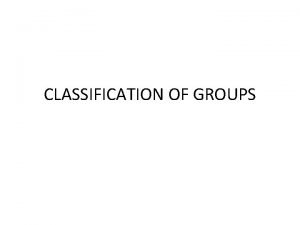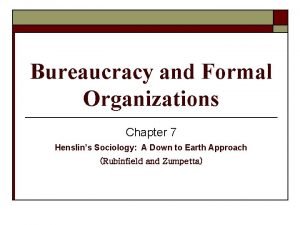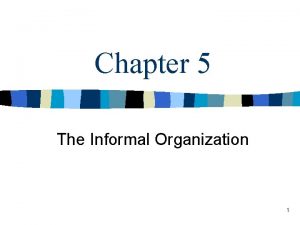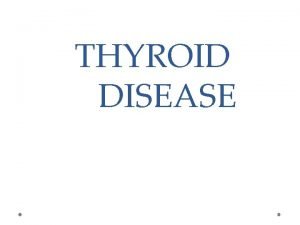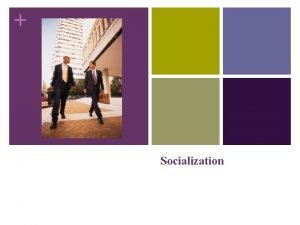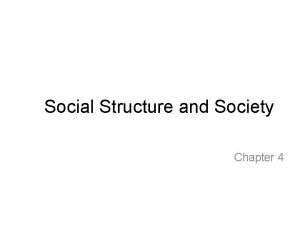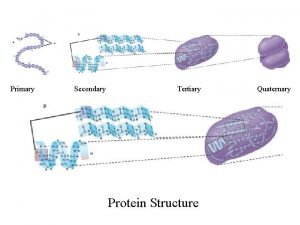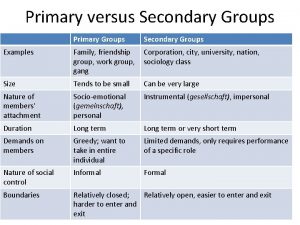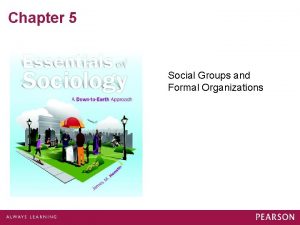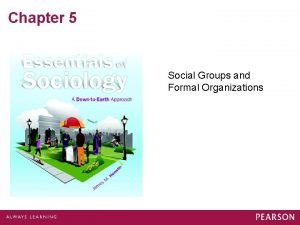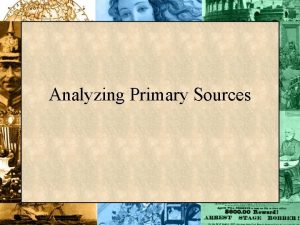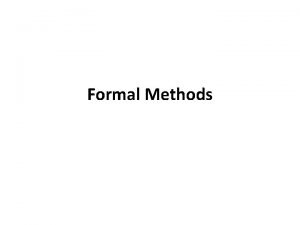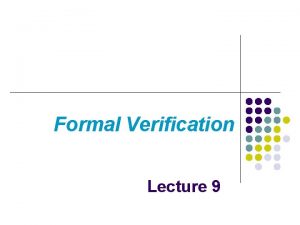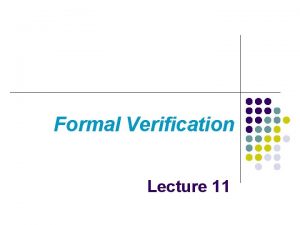Groups and Formal Organizations 1 Primary Secondary Groups



























- Slides: 27

Groups and Formal Organizations 1. Primary & Secondary Groups 2. Other Groups & Networks 3. Types of Social Interaction 4. Formal Organizations Unit 3, Chapter 6 Pages 170 -201 http: //www. youtube. com/watch? v=zomme 79 Ls. Xw

Kinesthetic Activity Sox vs Cubs vs Nobody Lefty vs. Righty Eyes Gender Age (Sophomore, Junior, Senior) Height (below 5’ 5” and above) Major ethnicity Hair Color

Back 2 Basics LINC the following words: Social Category Social Aggregate Primary Group Primary Relationships Secondary Group Secondary Relationship Look! The words AND definition are there for you… now, complete the PROCESS that helps you remember the words. !

What makes a group? Photo #1 1919 White Sox Photo #2 People walking outside a mall

Groups What is a group? 1. Regular contact 2. Share similar ways of thinking 3. Have common interest 4. Two or more people List some types of groups you know:

Types of Groups Primary Groups * Emotionally close * Know each other well * Seek others company Examples: neighbors, family Secondary Groups * People who share their lives focusing on a task Examples: friends, work groups, volunteer groups

Questions on Groups Pick a group you listed Answer following questions in a paragraph format: What are the boundaries of this group? Are others allowed in? How does one become part of the group? What is the groups goal? What does it mean to be part of a group?

Primary vs. Secondary What are primary groups like? What is their function? Why are primary groups important? How do primary groups develop? Examples: friends, family, teammates What does a secondary group relationship look like? Why are secondary groups important? Examples: Co-workers, doctors and patients

Practice Label which are PRIMARY or SECONDARY relationships to the examples below: A marine recruit and his drill instructor at boot camp A married couple A coach and her soccer team A teacher and his students A car salesperson and her potential customer

Class Example Group __________ 1) Positive/Negative stereotypes of this group: 2) How do you think stereotypes influence people? 3) Can you see possible solutions for all types of groups to get along? 4) How would you react if you observed someone being discriminated? 5) What if you where discriminated against? How would you feel?

Case Studies Read the two following articles, compare them in the Venn Diagram attached. Be prepared to discuss: Article #1 The Curse of Cliques http: //www. time. com/time/printout/0, 8816, 23521, 00. htm l# Article #2 Hate Groups and the Internet http: //www. foxnews. com/story/0, 2933, 520074, 00. html

Compare & Contrast

Gangland: Chicago Answer the questions about Gangland Chicago Reflect on how violent our city can be!


LINCS Check-In Reference Group: group used for self-evaluation and the formation of attitudes, values, beliefs, and norms. In Group-Exclusive group that demands loyalty Out Group-group targeted by an in-group for opposition and competition Social Networks: A web of social relationships that join a person to other people and groups

Have a Convo… Where are these groups formed? What are the group boundaries? Boundaries include handshakes, symbols, slangs How are group boundaries maintained? Are social networks groups? How strong are the ties in a social networks? What are the functions of social networks?

Types of Social Interaction There are 5 basic types of social interaction essential to group life: Cooperation Conflict Social exchange Coercion Conformity All relate back to GROUP THINKING. The self-deceptive thinking that is based on conformity to group beliefs and created by group pressure to conform

Cooperation Definition: INTERACTION IN WHICH INDIVIDUALS OR GROUPS COMBINE THEIR EFFORTS TO REACH A GOAL In your own words:

Conflict Definition: INTERACTION AIMED AT DEFEATING AN OPPONENT In your own words:

Social Exchange Definition: A VOLUNTARY ACTION PERFORMED IN THE EXPECTATION OF GETTING A REWARD IN RETURN In your own words:

Coercion Definition: INTERACTION IN WHICH INDIVIDUALS OR GROUPS ARE FORCED TO BEHAVE IN A PARTICULAR WAY In your own words:

Conformity Definition: BEHAVIOR THAT MATCHES GROUP EXPECTATIONS In your own words:

Applying Types of Social Interaction Select one of the following gangs: Gangster Disciples Street Gang The Chicago Latin Kings The Black Disciples The Black P. Stone Nation The Vice Lords The Satan’s Disciples Next describe how each gang uses ALL 5 of the social interaction type using any format of presentation. This is due Wednesday. The website : http: //www. ngcrc. com/ is helpful.

http: //www. youtube. com/watch? v=v_XFv. Vja. Krw Cooperation: The Sons make all decisions at their table. All major decisions that effect their ‘club’ must be unanimously agreed upon. Silence and secrecy are the main rules. People go to the Sons for help rather than the cops. Conflict: The Sons are all white supremacists. The fight for power over the law enforcement agencies. Social Exchange: All Sons go through a period of being a “prospect. ” They have to do the dirty work like clean the motorcycles in exchange for membership. Coercion: All Sons must sell drugs and guns to produce a profit for the club. Conformity: All Sons MUST ride a Harley Davidson, carry a gun, and adorn the image above on a tattoo. Their colors are black and white. All must wear a leather vest with a patch describing their membership.

News What do you think about the “Hot List”? Separating Opinion vs. Fact In the article there are multiple opinions and facts • Separate them in your graphic organizer on front. • Be ready to discuss the article’s content!

Formal Organizations Formal organization Bureaucracy Power Authority Rationalization Informal organization Iron Law of Oligarchy

Cornell Notes Chapter 6, Section 4: Key Ques: Formal Organizations vs. Bureaucracies Major Characteristics of Bureaucracies Power vs. Authority Advantages of Bureaucracies Rationalization Informal Organizations and its’ history IRON LAW OF OLIGARCHY
 Formal groups fulfill both and functions in organizations.
Formal groups fulfill both and functions in organizations. Social groups and formal organizations
Social groups and formal organizations Behavior that matches group expectations
Behavior that matches group expectations Primary group cooley
Primary group cooley Formal organizations sociology
Formal organizations sociology How are ethnic groups and religious groups related
How are ethnic groups and religious groups related Formal and informal groups
Formal and informal groups Primary and secondary effects of a tectonic hazard
Primary and secondary effects of a tectonic hazard Secondary stakeholders
Secondary stakeholders Planting more trees
Planting more trees Primary and secondary effects of a tectonic hazard
Primary and secondary effects of a tectonic hazard Use case primary and secondary actors
Use case primary and secondary actors Pengertian include dan extend
Pengertian include dan extend Transformer is a static device
Transformer is a static device Hyperthyroidism primary and secondary
Hyperthyroidism primary and secondary Primary and secondary retroperitoneal organs
Primary and secondary retroperitoneal organs Difference between primary and secondary succesion
Difference between primary and secondary succesion Primary alcohol oxidation
Primary alcohol oxidation How to write background of the project
How to write background of the project 5 agents of socialization
5 agents of socialization Merton’s typology
Merton’s typology Primary and secondary bronchi
Primary and secondary bronchi Year round tillage
Year round tillage Primary secondary and tertiary sources
Primary secondary and tertiary sources Primary secondary tertiary quaternary structure
Primary secondary tertiary quaternary structure What is a secondary source
What is a secondary source Secondary sources of light
Secondary sources of light Secondary reinforcer definition
Secondary reinforcer definition



